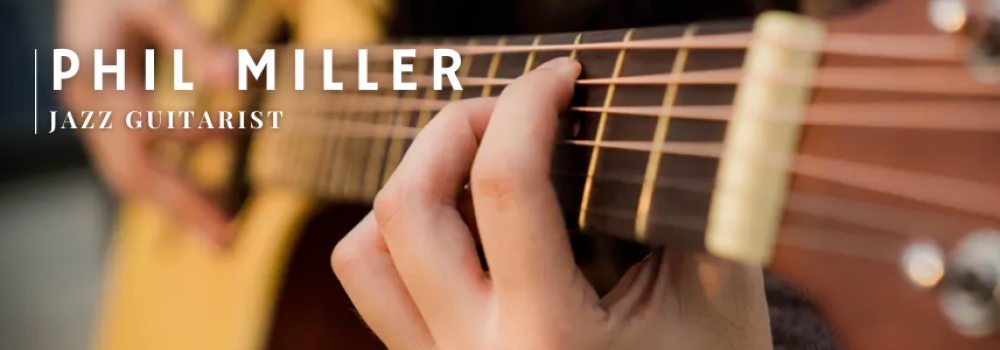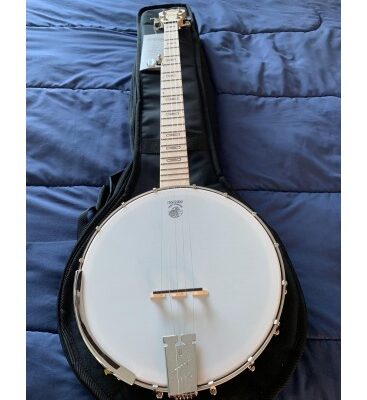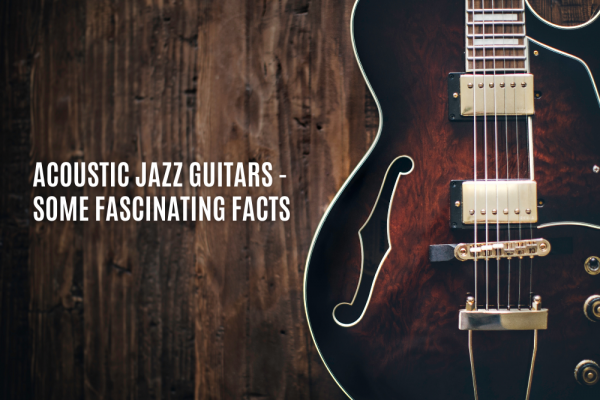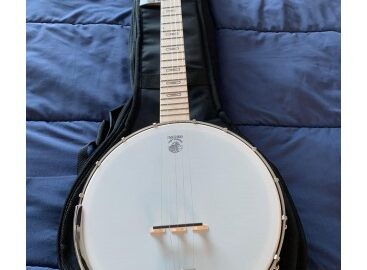Jazz Guitar Theory – What Is It?
Jazz, as we know it today, was born from a style of music that was transmitted directly from musician to musician. There wasn’t much theory involved. Jazz guitar theory is a collection o ideas and traditions that have evolved over many decades of jazz playing.
Jazz musicians
Theory was not necessary for the original jazz musicians. They had to have a good understanding of their guitars to be able either to play solos or contribute to the rhythm for other instruments. It was different depending on whether the guitarist was part of a large or small band.
The need to share musical ideas between jazz players is what led to jazz guitar theory. These ideas could only be passed on by a guitarist who was able to read standard musical notation. As jazz music became more complex, he also needed to know how to play the barre chords that have become the norm in jazz guitar music.

One part of jazz theory can be described as “traditions of jazz”, which are ways of approaching jazz music that have become a standard practice for jazz musicians. Although none of these traditions are set in stone, the widespread use of an electric archtop guitar and the use barre chord voicings over open chords has been a common practice for jazz players.
Jazz guitar theory
Jazz guitar theory will teach you how to use the seventh and third chord notes and how you can add interest by using the ninth, eleventh and thirteenth notes. Although these notes might seem completely foreign to the original melody that the guitarist is improvising on, jazz players can draw from the experience of previous generations of guitarists when they use unusual voicings.
The types of techniques used for expressing musical emotions is a major part of jazz guitar theory. Jazz guitarists have their own strumming patterns, and may use chord progressions that are different from those used to interpret the original genre. Jazz guitarists tend to use electronic effects sparingly, even though the influence of rock and blues guitar players over the past 30 years has been significant.
Banjos were common in the early days of ragtime music, in the late 1800s and early 1900s. They were used as accompaniments for individuals and minstrels. Almost all American banjos at that time had five strings, with the drone fifth string attached via an outrigger tuning peg located at the fifth fret. This was similar to what is used today in bluegrass and folk music. If you’re are planning on exploring the journey of Jazz music or String instruments. Check out the banjo for sale at authentic Banjo Sellers.





